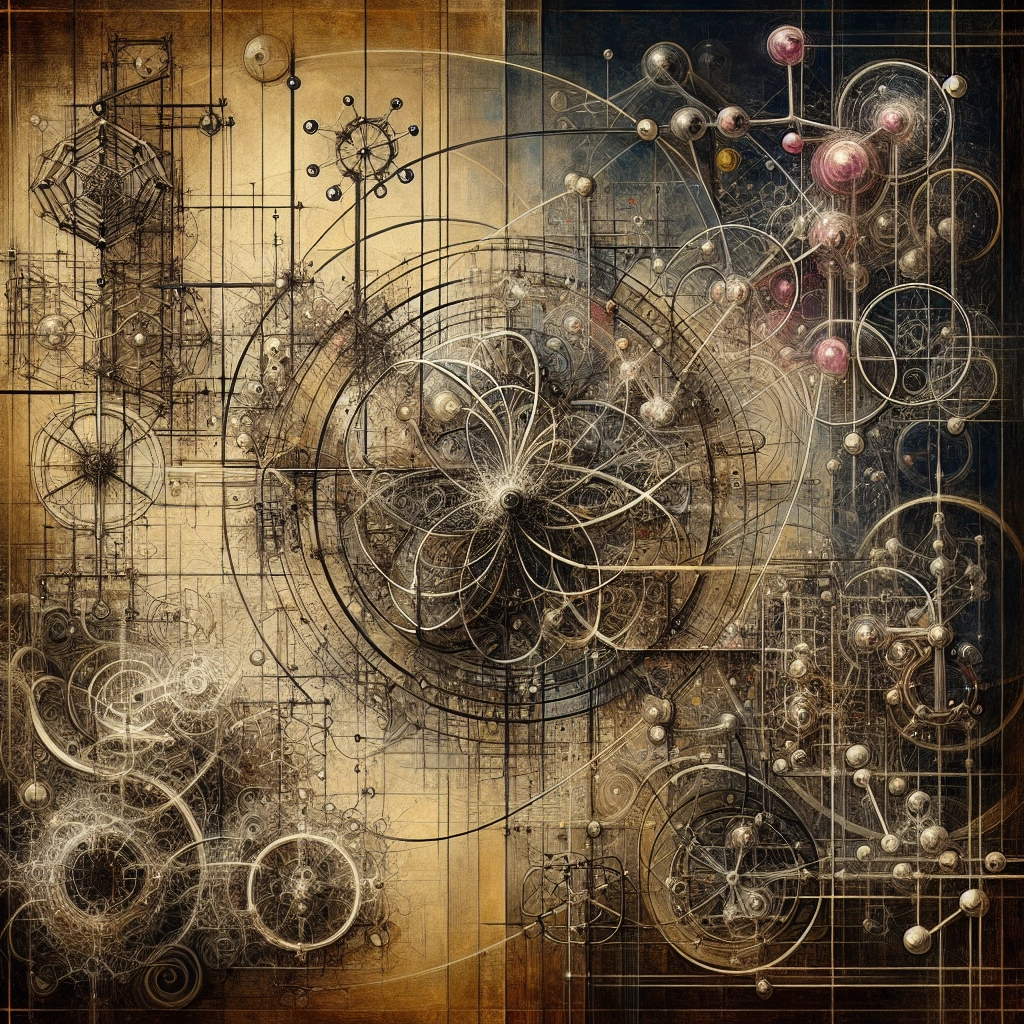
- Published on
- Authors

- Name
- ric de yuga 😄
🌌 Introduction: The Challenge of Quantum Simulation in Chemistry
Quantum simulation offers a promising solution to some of the most complex problems in chemistry, such as understanding and replicating biological processes like nitrogen fixation. Classical computation struggles with these problems due to the exponentially large number of quantum states involved. This article delves into the potential of quantum simulation to revolutionize our approach to these challenges.
🔬 Nitrogen Fixation: A Crucial Process
📜 The Importance of Nitrogen Fixation
Nitrogen fixation is the process of converting nitrogen gas ((N_2)) from the atmosphere into ammonia ((NH_3)), a form that can be used by plants. This process is vital for the production of fertilizers, which in turn support global food production. Despite its importance, nitrogen fixation requires overcoming a significant activation energy barrier.
🏭 The Haber-Bosch Process
The industrial solution to nitrogen fixation is the Haber-Bosch process, developed in the early 20th century. This method uses metal catalysts at high temperatures (450°C) and pressures (200 atmospheres) to produce ammonia on a large scale. However, the process is energy-intensive, consuming about 1-2% of the world's energy supply.
🌿 Nature's Solution: Nitrogenase Enzyme
In contrast, nature achieves nitrogen fixation at room temperature and pressure using the enzyme nitrogenase. This biological catalyst operates efficiently and sustainably, but its exact mechanism remains a mystery. The nitrogenase enzyme features a complex iron-molybdenum cofactor that facilitates the reaction, yet the quantum mechanical details of this process are not fully understood.
⚛️ Quantum Simulation: A Path to Understanding
🧮 The Role of Hamiltonians
To simulate a quantum system, we represent it using a Hamiltonian, which encapsulates all the kinetic and potential energies in the system. For complex molecules like nitrogenase, the Hamiltonian includes terms for the interactions between nucleons (protons and neutrons) and electrons.
🛠️ Trotterization: Simplifying Complex Systems
One of the key techniques in quantum simulation is Trotterization. This method breaks down a complex Hamiltonian into simpler, more manageable parts that can be simulated sequentially. By applying these smaller time evolutions repeatedly, we approximate the behavior of the entire system.
🔄 Digital and Analog Quantum Simulations
Quantum simulations can be performed using digital or analog approaches. Digital simulations use a universal quantum computer to implement a sequence of quantum gates that approximate the Hamiltonian's evolution. Analog simulations, on the other hand, map the Hamiltonian of the system onto a controllable quantum system, such as ultracold atoms in optical lattices, which naturally evolve according to the desired Hamiltonian.
🧪 Applications and Impact
🌐 Industrial Applications
Understanding the quantum mechanics behind nitrogen fixation could lead to the development of new, more efficient catalysts, reducing the energy demands of processes like the Haber-Bosch method. This could have a profound impact on global energy consumption and food production.
🧬 Advancements in Quantum Chemistry
Quantum simulation has the potential to solve long-standing problems in quantum chemistry by providing accurate solutions to complex systems. This includes not only nitrogen fixation but also other critical reactions and materials with significant industrial and scientific importance.
🌍 Conclusion: The Future of Quantum Simulation
Quantum simulation represents a powerful tool for unlocking the mysteries of complex chemical processes. By leveraging quantum mechanical principles and advanced computational techniques, we can gain a deeper understanding of nature's most efficient systems and translate this knowledge into practical applications that benefit society.
📜 References
- Feynman, R. P. (1982). "Simulating physics with computers." International Journal of Theoretical Physics, 21(6/7), 467-488.
- Haber, F., & Bosch, C. (1911). "The Haber-Bosch process for the synthesis of ammonia." Nobel Prize Lectures.
- Reiher, M., et al. (2017). "Elucidating reaction mechanisms on quantum computers." Proceedings of the National Academy of Sciences, 114(29), 7555-7560.
- Nature article (2000s). "The importance of nitrogen fixation in biological systems."
Quantum simulation stands at the frontier of scientific discovery, bridging the gap between theoretical chemistry and practical applications. As we continue to explore and develop these technologies, the potential for transformative advancements in energy, agriculture, and beyond becomes ever more tangible.
